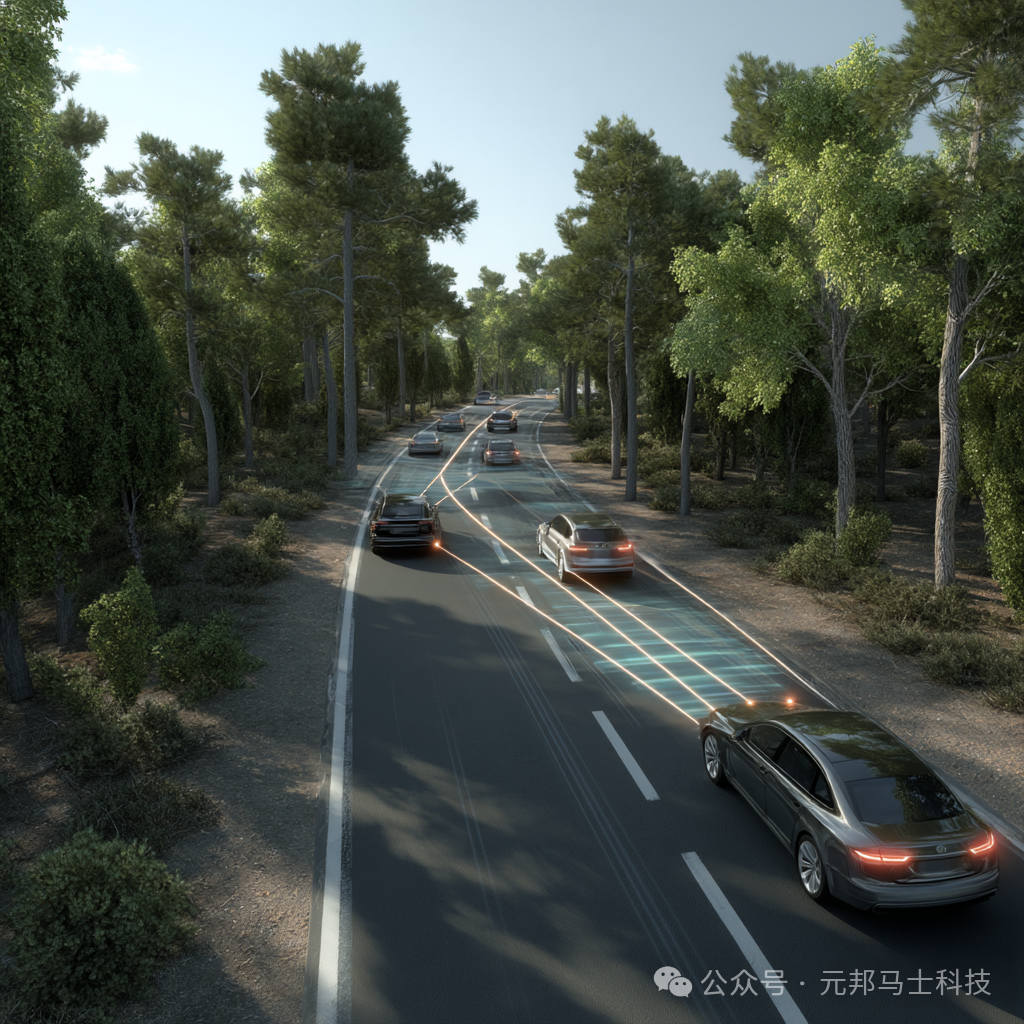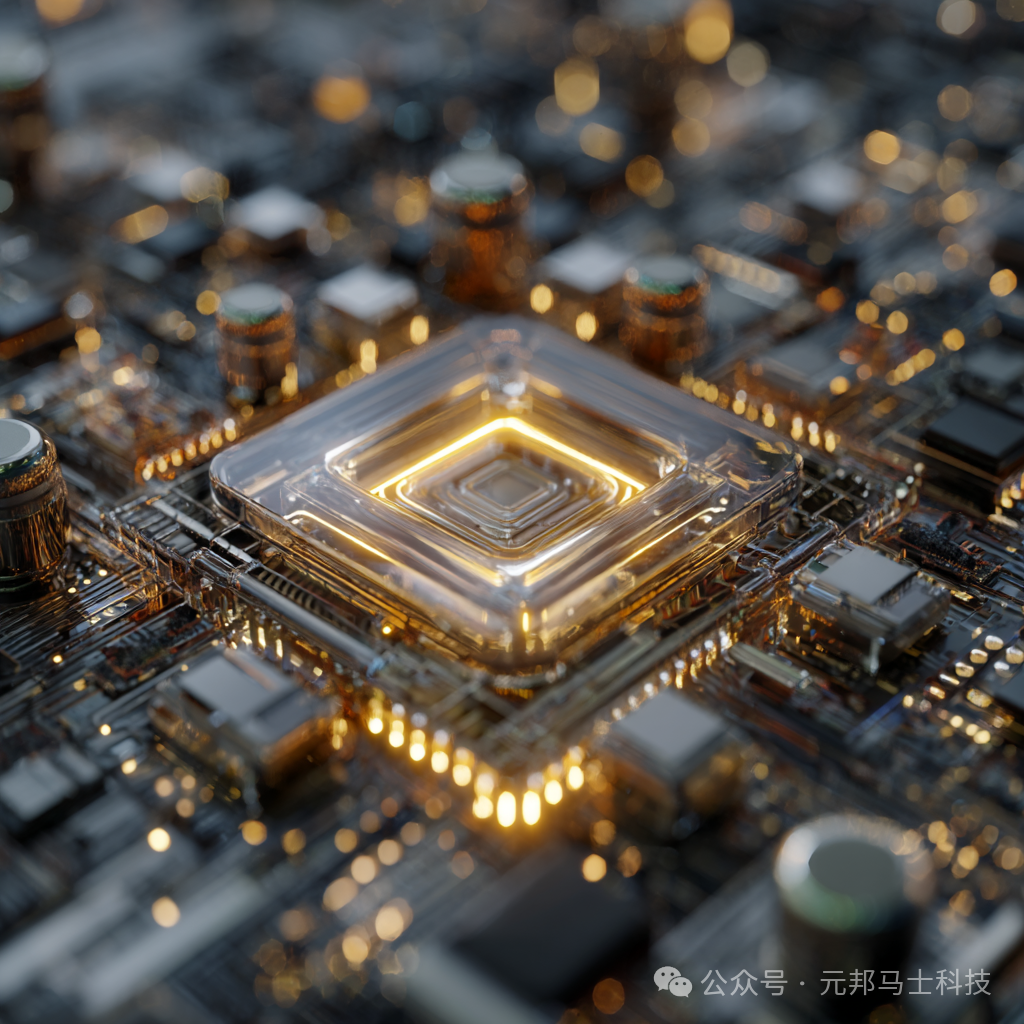Weekly Summary Every ThursdayPERSONAL WORK SUMMARYThisIssueTopicEdge AI
In recent years, artificial intelligence (AI) technology has rapidly developed, transitioning from the cloud to the edge, driving the intelligent transformation of various industries. AI Edge Computing, as a key technology, is changing traditional data processing models, making computation more efficient, real-time, and secure.This article will delve into the professional technical principles, industry application scenarios, development trends, and challenges of AI Edge Computing, helping readers gain a comprehensive understanding of this cutting-edge technology.
01 What is AI Edge Computing?
AI Edge Computing refers to the migration of artificial intelligence algorithm computation tasks from the cloud to edge devices (such as smartphones, cameras, sensors, industrial equipment, etc.) close to the data source, in order to reduce data transmission latency, enhance response speed, and alleviate the computational pressure on the cloud.
1.1 Edge Computing vs. Cloud Computing
| Comparison Dimension | Cloud Computing | Edge Computing |
|---|---|---|
| Computation Location |
Remote Data Center |
Local Devices or Edge Servers |
| Latency |
High (Dependent on Network Transmission) |
Very Low (Local Processing) |
| Bandwidth Requirement |
High (Requires Uploading Large Amounts of Data) |
Low (Only Key Data Uploaded) |
| Privacy |
Data Needs to be Transmitted to the Cloud, Involving Risks |
Data Processed Locally, Stronger Privacy |
1.2 Core Technologies of AI Edge Computing
Lightweight AI Models: Such as MobileNet, TinyML, etc., suitable for edge devices with limited computing power.
Federated Learning: Training models on edge devices, uploading only model parameters instead of raw data.
Edge AI Chips: Such as NVIDIA Jetson, Huawei Ascend, Cambricon, etc., optimized for AI inference.
5G + MEC (Mobile Edge Computing): Combining 5G’s low-latency features for more efficient edge AI deployment.
02 Industry Applications of AI Edge Computing
2.1 Smart Manufacturing
In the era of Industry 4.0, AI Edge Computing is widely applied in:
Predictive Maintenance: Real-time monitoring of equipment status through sensors, with AI models predicting failures to reduce downtime.
Visual Quality Inspection: Using edge AI cameras to detect product defects, improving yield rates.
Robot Control: Local AI computation allows industrial robots to be more flexible and responsive.
Case Study: Tesla’s factory uses edge AI for automated quality inspection, reducing error rates by 90%.
2.2 Smart Cities
Smart Traffic: Edge AI cameras analyze traffic flow, optimizing traffic light control to alleviate congestion.
Security Monitoring: Facial recognition and behavior analysis are completed locally, enhancing security while protecting privacy.
Environmental Monitoring: Edge sensors analyze air quality in real-time, providing timely pollution alerts.
Case Study: Hangzhou’s “City Brain” utilizes edge computing to optimize traffic, improving traffic efficiency by 15%.

2.3 Healthcare
Wearable Devices: Smartwatches monitor heart rate and blood oxygen levels in real-time through edge AI, providing immediate alerts for abnormalities.
Telemedicine: Edge devices process medical images (such as X-rays), reducing cloud transmission latency.
Surgical Robots: Low-latency AI computation ensures surgical precision.
Case Study: The ECG function of Apple’s Apple Watch relies on edge AI to detect atrial fibrillation (AFib).
2.4 Autonomous Driving
Autonomous vehicles rely on edge AI for real-time decision-making:
Object Detection: Identifying pedestrians, vehicles, and traffic signs.
Path Planning: Local computation ensures millisecond-level responses to avoid accidents.
Vehicle-to-Infrastructure Communication: 5G + edge computing enables real-time communication between vehicles and traffic facilities.
Case Study: Tesla’s Autopilot uses edge AI chips (FSD) to achieve fully localized decision-making.

2.5 Retail and Consumer Electronics
Smart Shelves: Edge cameras analyze customer behavior to optimize product placement.
AR/VR: Low-latency AI rendering enhances user experience.
Voice Assistants: Such as Alexa and Xiao Ai, with some AI tasks completed on-device.
Case Study: Amazon Go’s cashier-less shopping experience utilizes edge AI for a “grab-and-go” shopping model.
03 Development Trends of AI Edge Computing
3.1 More Powerful Edge AI Chips
Dedicated AI Accelerators: Such as Qualcomm AI Engine and Google Edge TPU, improving computing power efficiency.
Storage-Compute Integrated Chips: Reducing data movement and improving computational efficiency.
3.2 TinyML: Running AI on Microcontrollers
TinyML can run AI models on low-power devices like Arduino and ESP32, suitable for IoT scenarios.
3.3 Edge-Cloud Collaborative Computing
Some computations are done at the edge, while others are done in the cloud: for example, in autonomous driving, simple decisions are made at the vehicle level, while complex scenarios leverage the cloud.
Edge AI + Blockchain: Ensuring trustworthy data sharing.
3.4 Privacy Computing and Compliance
Federated Learning: Protecting user data privacy.
GDPR Compliance: Edge computing reduces the risk of cross-border data transmission.

AI Edge Computing is reshaping the industrial landscape, making intelligent computing more efficient, real-time, and secure. Whether in smart manufacturing, smart cities, autonomous driving, or healthcare, edge AI plays a crucial role. In the future, with advancements in chip technology, algorithm optimization, and network upgrades, edge computing will usher in broader development opportunities. “Computing is everywhere, and intelligence is within reach.” Edge AI is making this vision a reality.
Disclaimer
This content is an observational or commentary article published by a third-party media author, and all text and images are copyrighted by the author. It is shared for informational purposes only; please contact us for any copyright issues or to request removal.
About Us

The “Industrial AI” magazine is published by Yashi International Business News, focusing on the technical applications of AI in the industrial field, aiming to provide Chinese craftsmen, manufacturing engineers, managers, and executives with timely updates on the latest news and technical information regarding the integration of artificial intelligence into manufacturing. Industrial AI is also committed to creating a leading comprehensive media and value platform in the industry, providing practical communication opportunities for the implementation of AI in the industrial sector.
Your “shares”, “likes”, and “views”contribute to the advancement of technology in China!